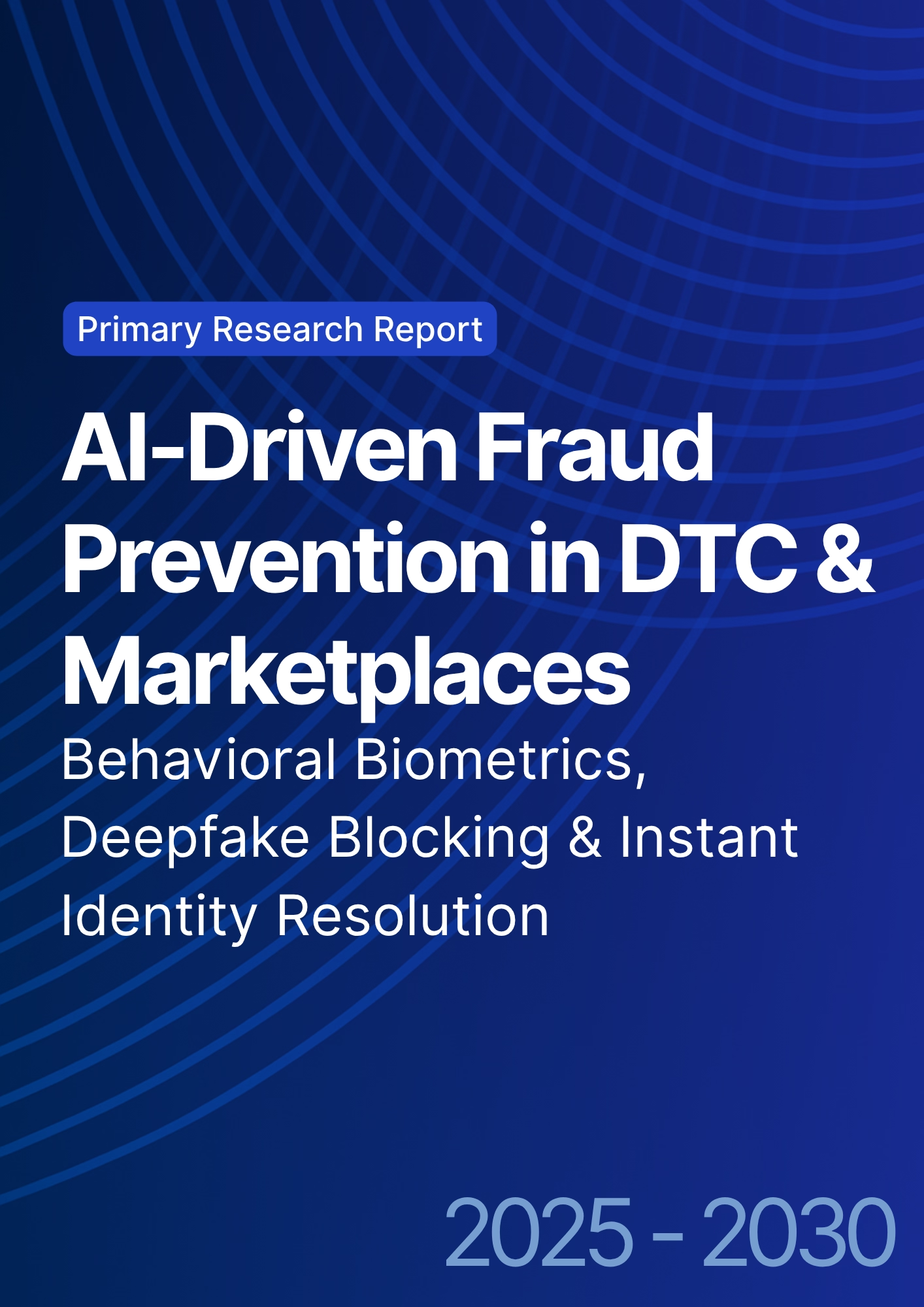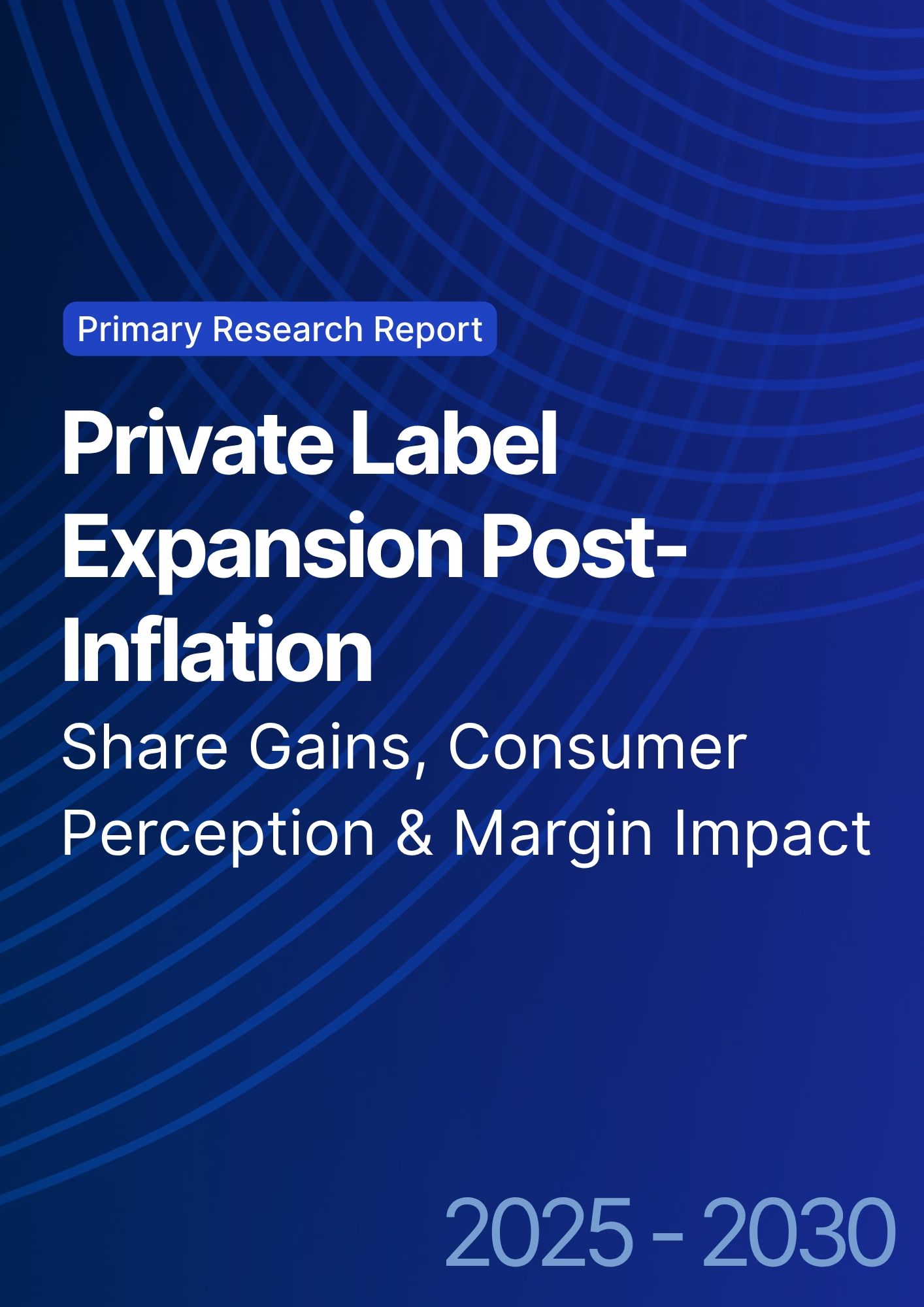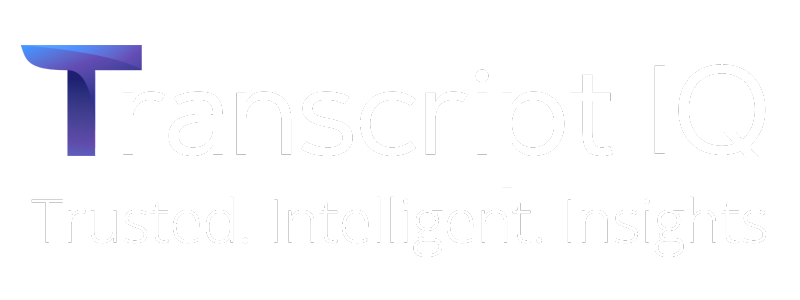Get in touch with us to learn more about our services, ask for assistance with a technical difficulty, or if you would like a product demo.

info@nextyn.com

Singapore
68 Circular Road, #02-01 049422, Singapore
68 Circular Road, #02-01 049422, Singapore
Jakarta
Revenue Tower, Scbd, Jakarta 12190, Indonesia
Revenue Tower, Scbd, Jakarta 12190, Indonesia
Mumbai
4th Floor, Pinnacle Business Park, Andheri East, Mumbai, 400093
4th Floor, Pinnacle Business Park, Andheri East, Mumbai, 400093
Bangalore
Cinnabar Hills, Embassy Golf Links Business Park, Bengaluru, Karnataka 560071
Cinnabar Hills, Embassy Golf Links Business Park, Bengaluru, Karnataka 560071
Connect With Us
Thank you for submitting the form
Oops! Something went wrong while submitting the form.
Primary Research Reports Library
Consumer & Retail
Consumer & Retail expert transcripts deliver firsthand insights from industry leaders, curated conversations, and thematic analysis — empowering you to stay ahead in a rapidly evolving landscape.
Thank you! Your submission has been received!
Oops! Something went wrong while submitting the form.
Reports in Spotlight

North America Precipitated Calcium Carbonate Market (2025–2030): From ~USD 2.34 Billion in 2024 to ~USD 3.02 Billion by 2030 & CAGR (~4.3%) | Paper Manufacturing, Plastics, Paints & Coatings, Adhesives & Sealants
$ 1450
Deliverable: Primary Research Report
Report Code:
KL099OiT
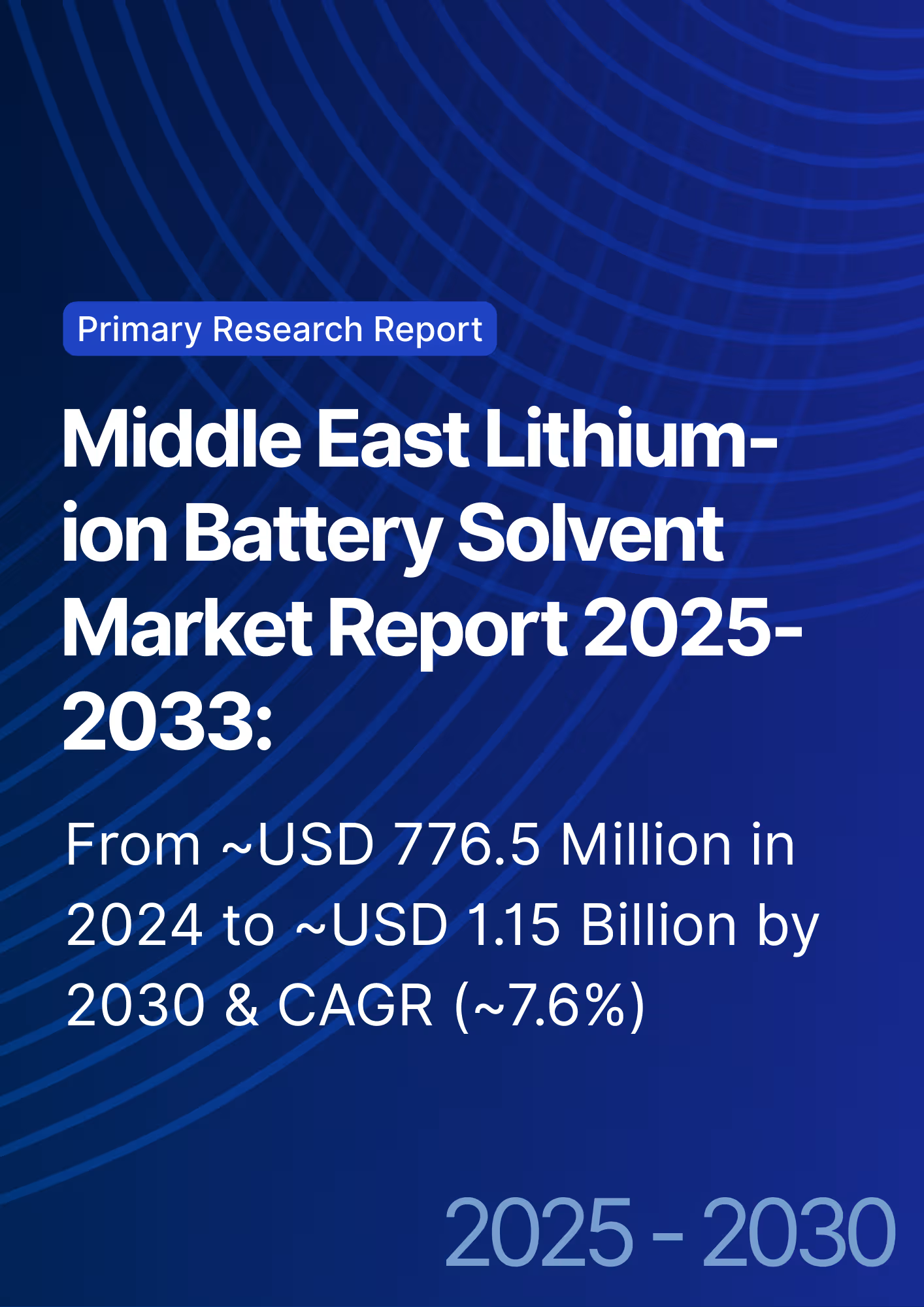
Middle East Lithium-ion Battery Solvent Market Report 2025-2033: From USD 20 Million to USD 82 Million | Explosive 19.1% CAGR
$ 1350
Deliverable: Primary Research Report
Report Code:
KL89MN23
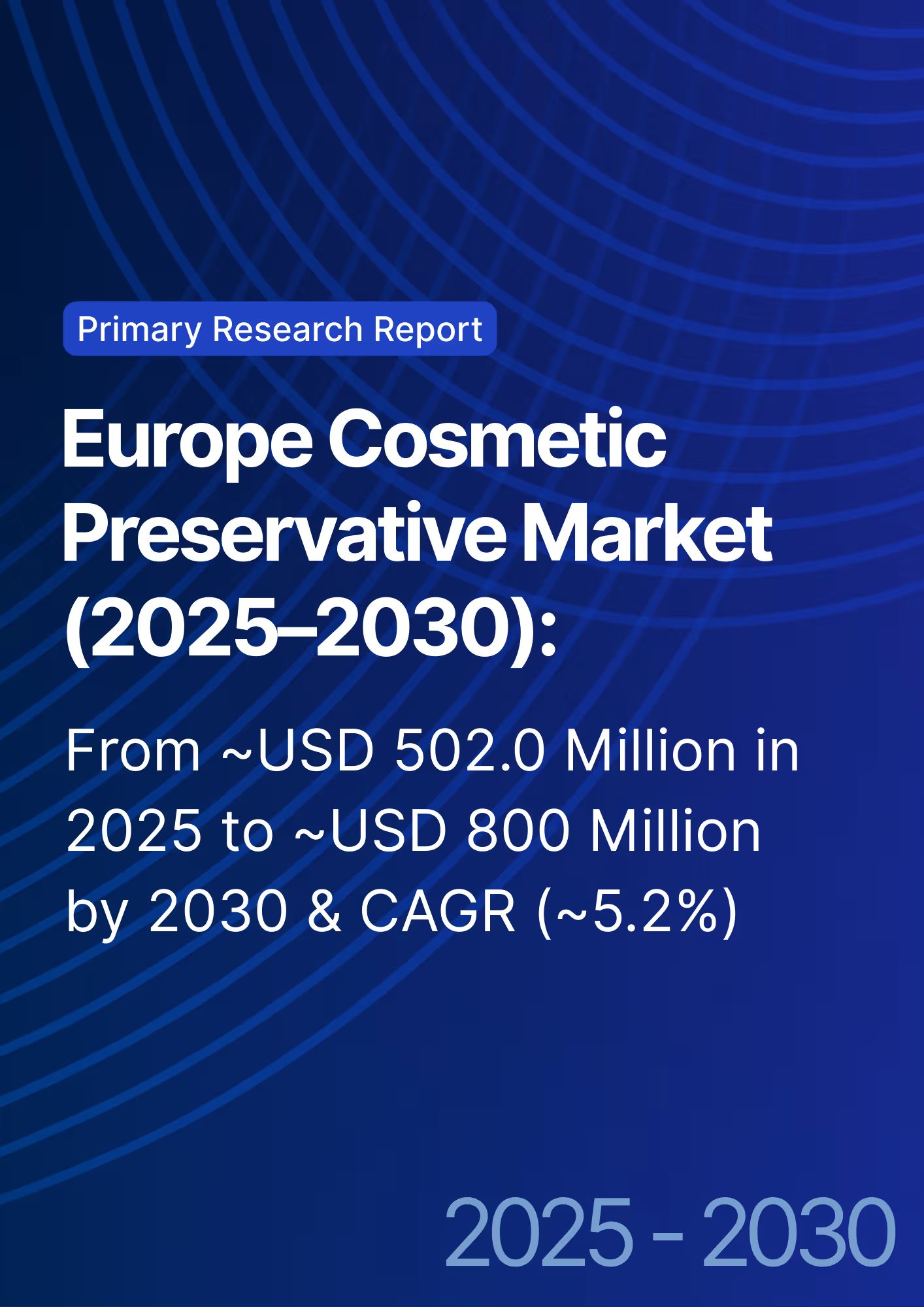
Europe Cosmetic Preservative Market (2025–2030): From ~USD 502.0 Million in 2025 to ~USD 800 Million by 2030 & CAGR (~5.2%) | Skincare, Haircare, Toiletries, Personal Care Applications
$ 1350
Deliverable: Primary Research Report
Report Code:
87GT5BTR

Asia-Pacific Calcium Hypochlorite Market (2025–2030): From ~USD 776.5 Million in 2024 to ~USD 1.15 Billion by 2030 & CAGR (~7.6%) | Water Treatment, Disinfection, Sanitation, Bleaching
$ 1395
Deliverable: Primary Research Report
Report Code:
JA35T6H
$ 1395
November 2025





